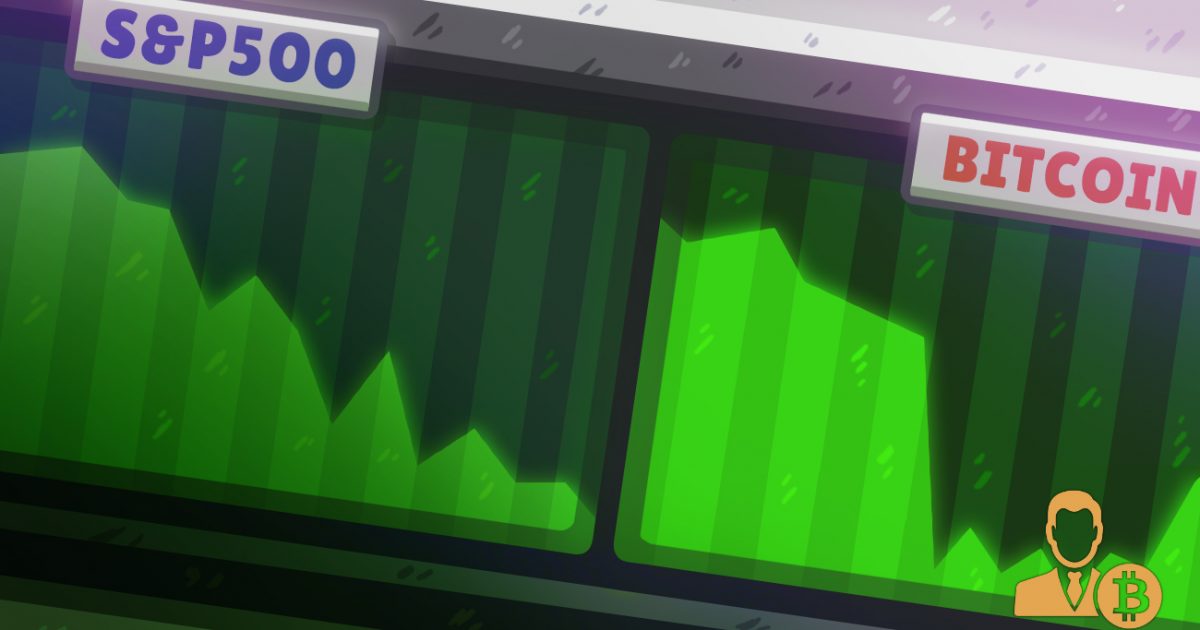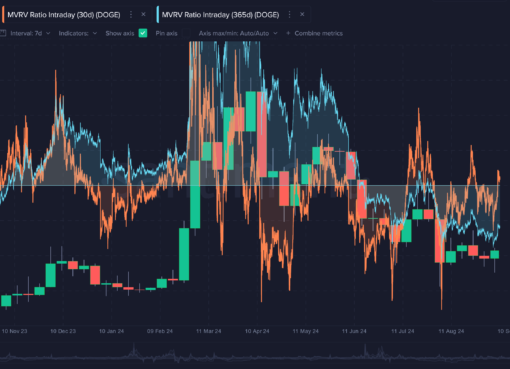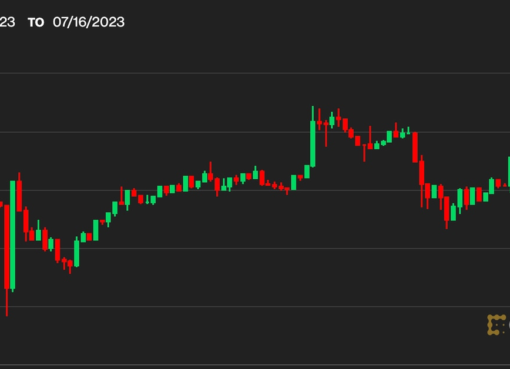Bitcoin (BTC) trading is currently seeing its highest correlation with the S&P 500 stock market index as panic over the coronavirus (COVID-19) pandemic is reportedly forcing investors to embark on massive portfolio de-risking.
Bitcoin Trading Correlation with S&P 500 Reaches All-Time High
Data from crypto analytics platform Coin Metrics shows that the correlation between the two top-ranked cryptos — Bitcoin and Ethereum, and the S&P 500 reached an all-time high (ATH) levels over the last 30 days.
Like the Nasdaq and the Dow, the S&P 500 helps investors monitor the share price performance of major corporations in the U.S. stock market. In the past, Bitcoin’s uncorrelated relationship with the S&P 500 has been highlighted by crypto proponents as a pointer to BTC’s safe-haven asset status.
However, events of the past 30 days appear to be testing the validity of the non-correlated argument for Bitcoin. Back in late February 2020, BTC’s correlation with the S&P 500 stood at -0.04.
Less than a month later, on March 17, the correlation surged massively to 0.60 — the highest ever recorded. The events that occurred between late February and now offer up many clues as to why the correlation increased dramatically.
It began in early March when the World Health Organization (WHO) classified the coronavirus epidemic as a pandemic. At the time, both Russia and Saudi Arabia were embroiled in an oil price tussle with the resultant uncertainty driving investors to liquidate assets en masse.
Such has been the extent of the asset selloffs that age-old safe havens like gold haven’t been spared. As of press time, the gold price is at its lowest price level since early November 2019, losing more than $180 since March 9, 2020.
Cash Is Still King
The current market uncertainty represents Bitcoin’s first litmus test as a hedge against upheavals in the mainstream arena. However, as far as initial reactions go, it appears cash is still king for a significant percentage of asset owners.
With investors de-risking, assets are being liquidated for cash as cryptos have yet to gain widespread retail merchant adoption. With the U.S. Federal Reserve pumping trillions of dollars in fiscal stimulus packages, Bitcoin’s hard supply cap might incentivize more investors to “hodl” rather than sell thus improving the crypto’s liquidity status.
However, there appears to still be pain ahead for the BTC price action, with market analyst Peter Brandt highlighting the formation of a “flag pattern” which might signal another downward push in the BTC price. Since dropping to $3,800 back in mid-March, the top-ranked crypto has been unable to reclaim the $7,000 price mark.
Like CryptoX? Send us a tip!
Our Bitcoin Address: 3L9D5KYVmCATWzqYmXoWDo2WpQfoLeRkbK





